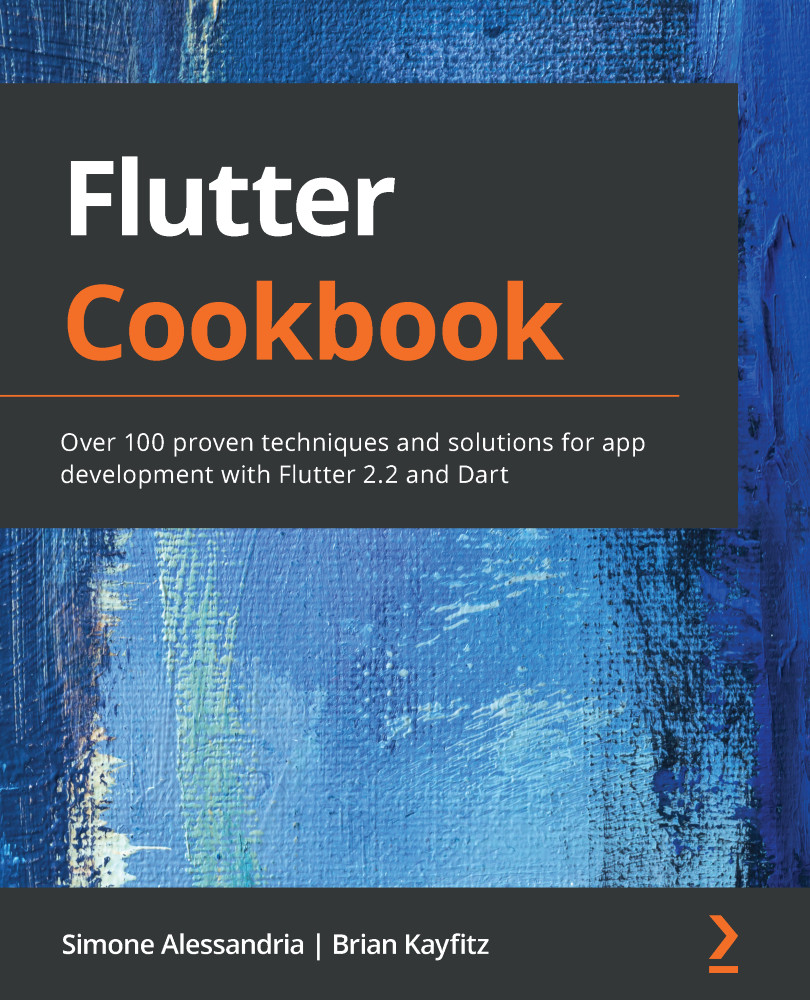In Dart and Flutter, futures and streams are the main tools for dealing with asynchronous programming.
While Future represents a single value that will be delivered at a later time in the future, Stream is a set (sequence) of values (0 or more) that can be delivered asynchronously, at any time. Basically, it is a flow of continuous data.
In order to get data from a stream, you subscribe (or listen) to it. Each time some data is emitted, you can receive and manipulate it as required by the logic of your app.
By default, each stream allows only a single subscription, but you will also see how to enable multiple subscriptions.
This chapter focuses on several use cases of streams in a Flutter app. You will see streams used in different scenarios, and see how to read and write data to streams, build user interfaces based...


